Update: This article was last updated on 26th April 2024 to reflect the accuracy and up-to-date information on the page.
If you’re passionate about robotics, you’re probably keeping a close eye on the latest trends in the field. However, if you’re not, it’s time to pay attention and take notice of the advancements happening in robotics.
Have you ever wondered what the future would look like? Will there be machines and wires and robots everywhere? Would this affect the lives of humans?
Robotics for kids is important as it enhances critical thinking and problem solving skills. Robotics has become increasingly integrated into our daily lives, and exploring the recent trends can provide valuable insights into its pervasive influence. Here we go:
Table of content
1. Artificial Intelligence and Machine Learning (AI/ML)
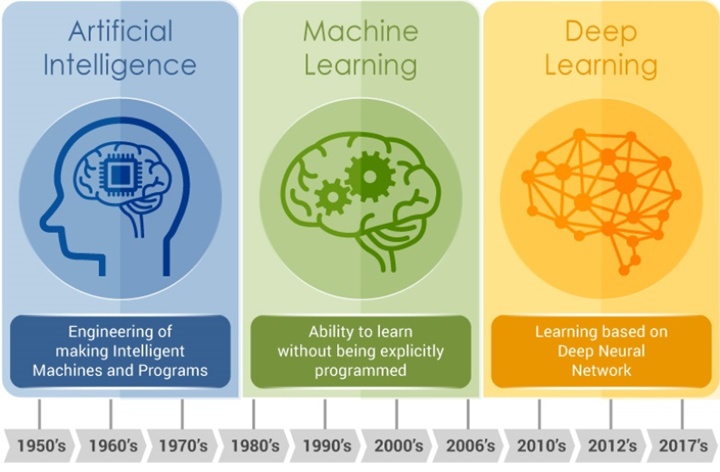
AI and machine learning are transforming robotics, enabling robots to perform complex tasks, learn from their experiences, and adapt to their environment and the data they are fed. Generative AI, a subset of AI, is becoming increasingly popular, creating new solutions by learning from data and training. The best example could be ChatGPT, while another example could be robot manufacturers developing generative AI-driven interfaces, allowing users to program robots more intuitively using natural language instead of code.
2. Multipurpose Cobots
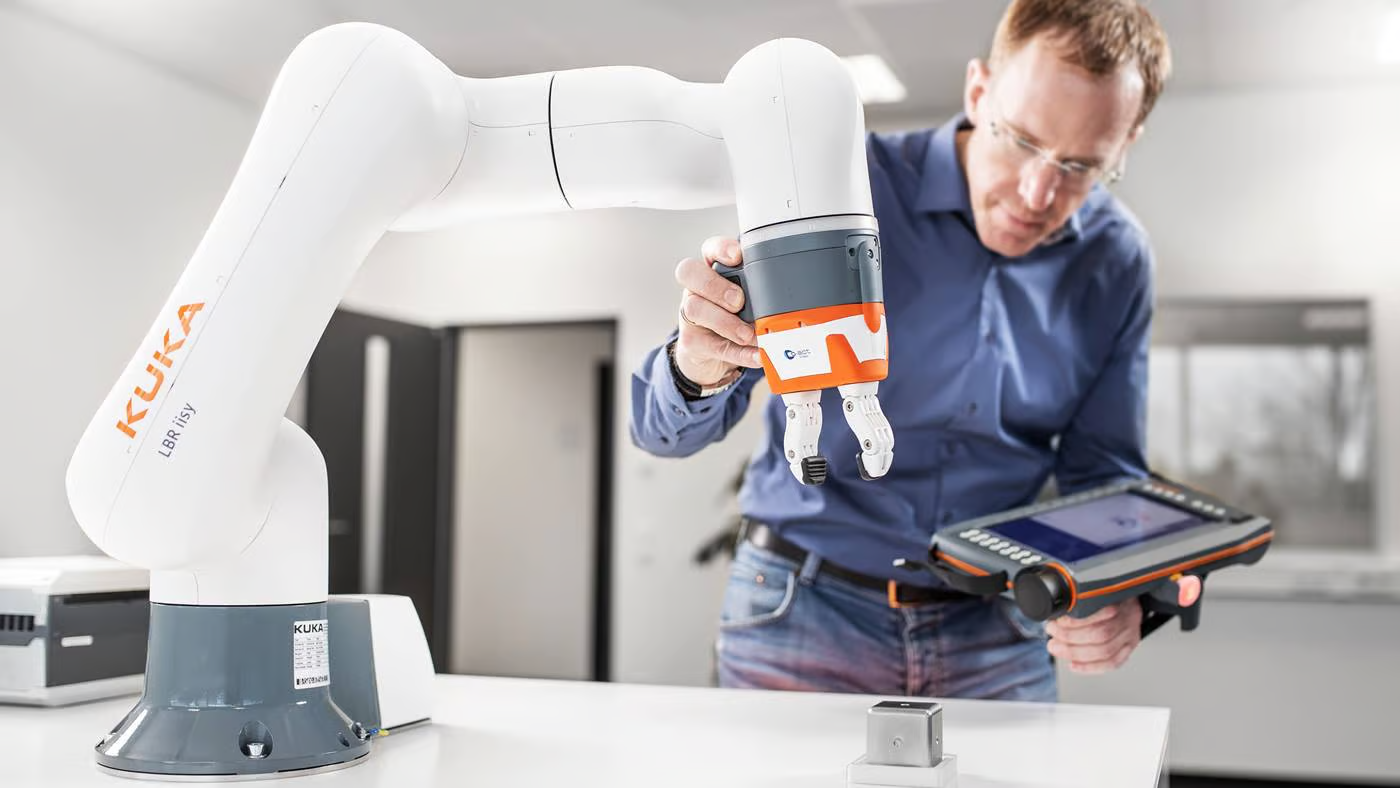
Cobots or collaborative robots are the next big thing, especially in the retail industry. After the pandemic, the e-commerce sector has witnessed terrific growth. As a result, retailers are now relying on cobots to tackle issues like labor shortages, a small workforce, and so on.
These collaborative robots are not a threat to human jobs. Rather, these cobots have been designed in a way that they work hand-in-hand with human employees. A cobot can be used in a small retail store to assist with inventory management, stocking shelves, and customer service.
3. Humanoid Robots

Humanoid robots are becoming more sophisticated and designed to perform a wide range of tasks in various environments. Their human-like design allows them to be used flexibly in work environments created for humans, making them easily integrated into existing warehouse processes and infrastructure. You must have heard of Sophia, the robot, she has made many appearances on TV and in various media outlets, where she has been interviewed by journalists, talked with politicians, and even performed on stage. During one such interview in October 2017, Sophia was granted citizenship in Saudi Arabia.
4. Real-time Processing

Real-time processing at the edge is becoming a recent trend in robotics, enabling robots to process real-time data and make decisions quickly and efficiently. This technology is particularly beneficial for applications requiring real-time decision-making, such as autonomous vehicles and drones. For instance, an autonomous vehicle can use real-time processing to detect obstacles and make decisions on the road, ensuring the safety of passengers and other road users.
5. Swarm Robotics
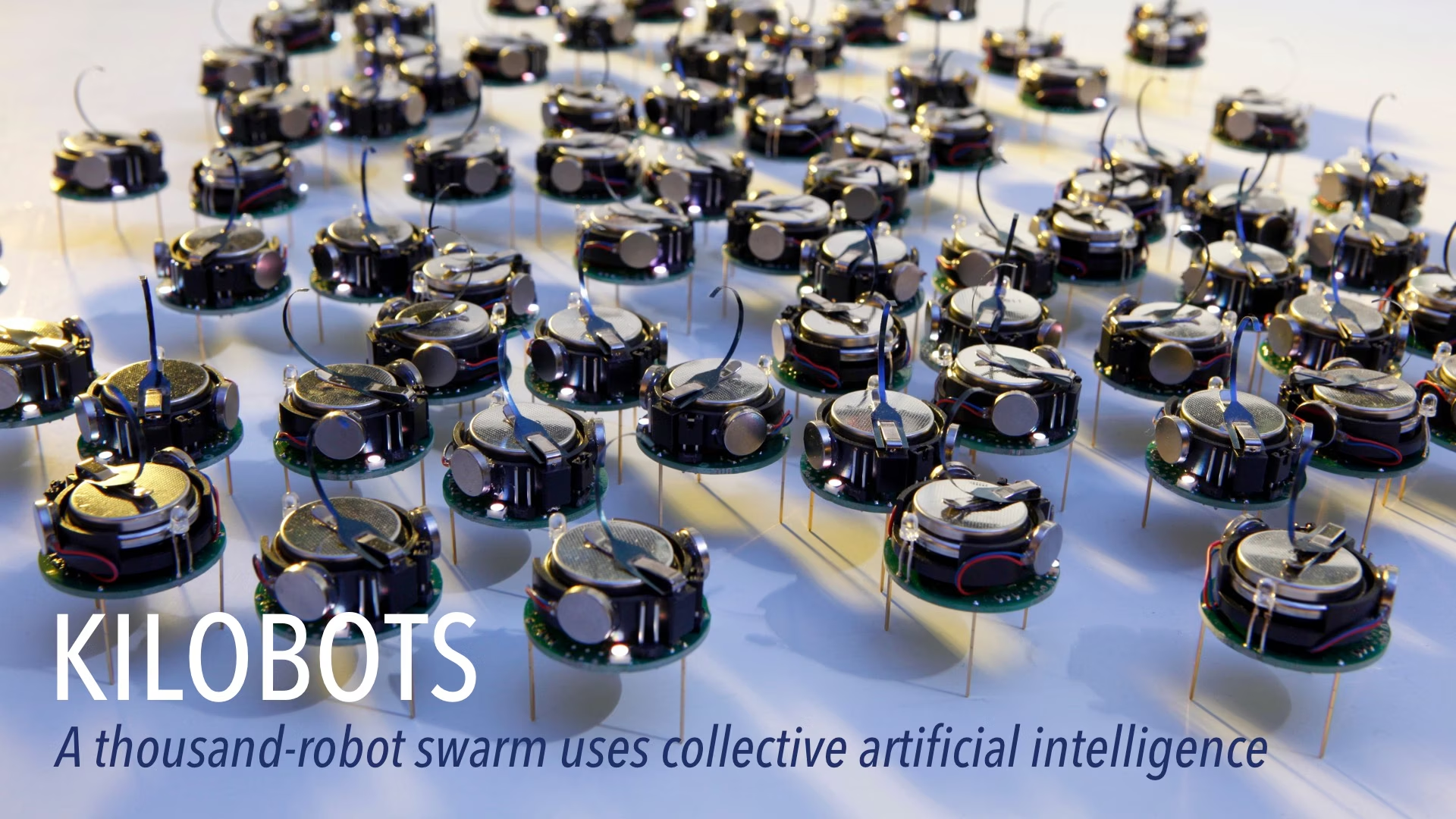
Swarm robotics involves multiple robots working together to perform complex tasks and optimize processes. This technology is particularly beneficial for applications requiring mass personalization of goods, e-commerce growth, and labor optimization.
6. Self-driving Cars and Drones
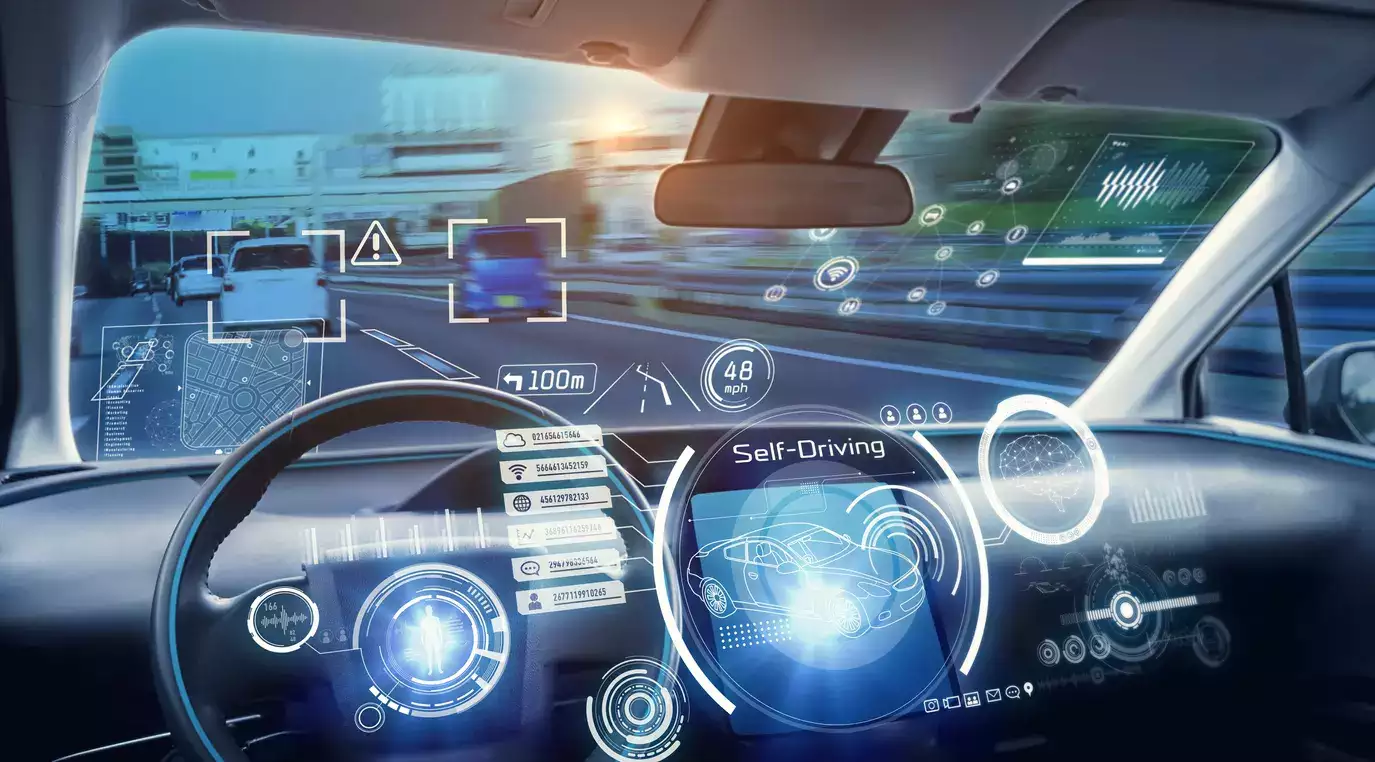
Unmanned aerial vehicles (UAVs) and self-driving cars are becoming increasingly popular in transportation and delivery services. These robots offer potential applications in various industries, such as surveillance, mapping, search and rescue operations, construction, and logistics as well. Imagine a drone delivering groceries to your doorstep, so cool, right?
7. Robotics as a Service (RaaS) Model
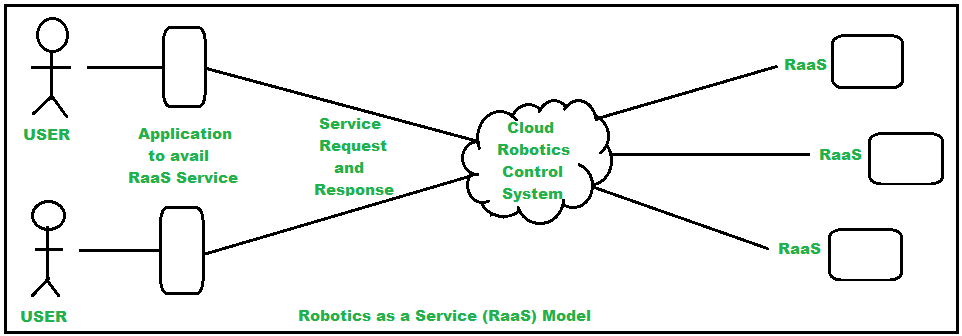
Businesses will no longer face a lack of experience and hefty expenses of robotics ownership. Just Like SaaS, RaaS is the new reality in business. Now businesses do not have to buy expensive robots and hire robotics experts to operate the same. Instead, they can hire and subscribe to different RaaS models to increase productivity.
RaaS offers businesses the advantage of rapid scalability, upgradation as per requirement, and cost-effective robotics services.
Recommended Reading: 3 Laws of Robotics
8. Robotic Process Automation
RPA, or Robotic Process Automation, will eventually become the standard technology in every business. It helps businesses to automate their repetitive tasks. Sectors like hospitality, education, etc., often rely on robotic process automation to free their staff of repetitive tasks and give them ample time to focus on other important work.
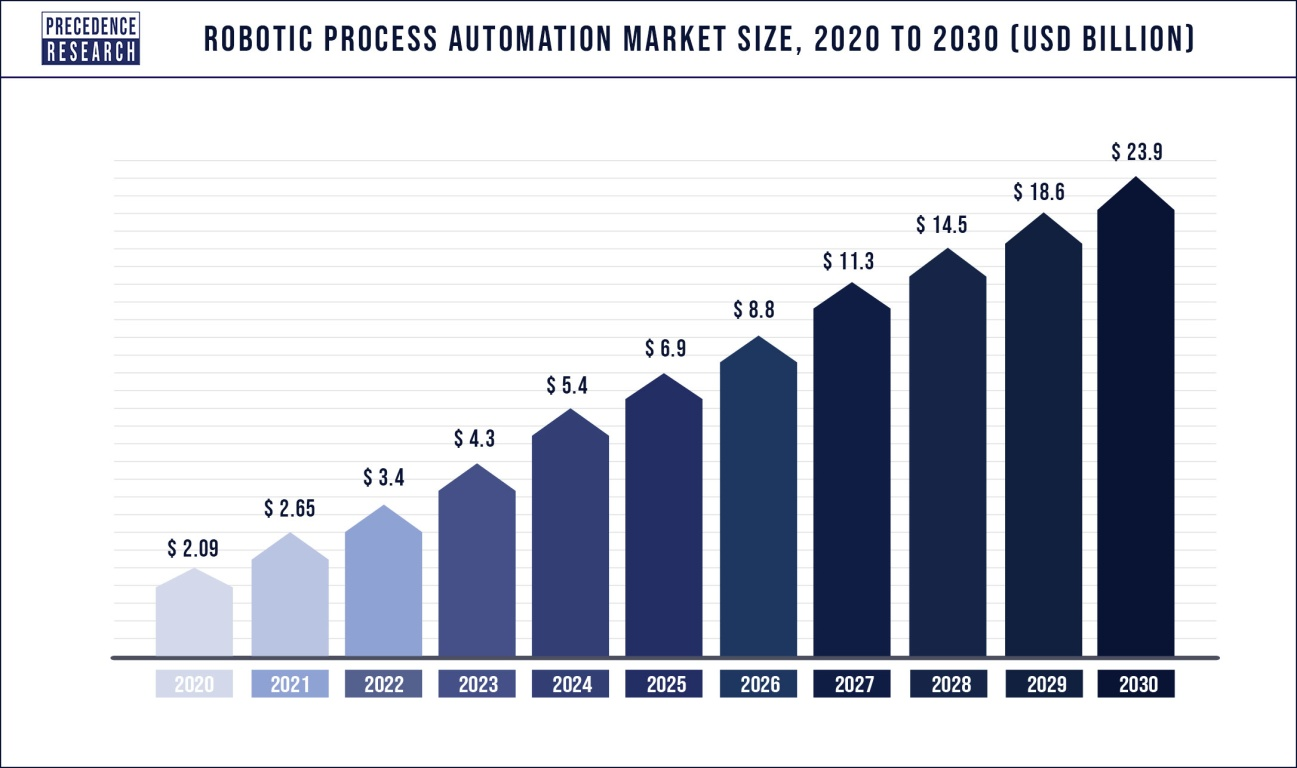
As per the reports, the RPA market across the globe will reach as high as $29.3 billion in the next 6 years.
Recommended Reading: What is the Right Age to Introduce Robotics to Kids?
9. Digital Twins
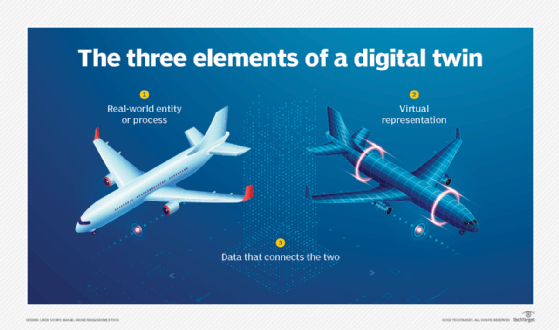
Digital twin technology is revolutionizing robotics, allowing for real-time monitoring, simulation, and optimization of robotic systems. Digital twins enable manufacturers to anticipate and prevent equipment failures, reducing downtime and maintenance costs. This technology is particularly beneficial for industries with high machine downtime costs, such as the automotive parts industry, where each hour of unplanned downtime is estimated to cost US$1.3m
10. Autonomous Mobile Robots for Data Acquisition
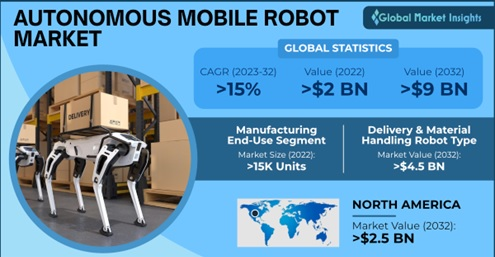
AMRs, or Autonomous Mobile Robots, are the biggest craze in the world of robotics. Factors like mass personalization of goods, e-commerce growth, and labor shortage have further escalated the demand for AMRs in different companies and business enterprises.
The reason behind the immense popularity of AMRs is their ability to offer real-time data to businesses and carry out multiple activities autonomously. Autonomous mobile robots prove to be extremely helpful in streamlining available data and automating day-to-day operations.
11. Foodservice Robots
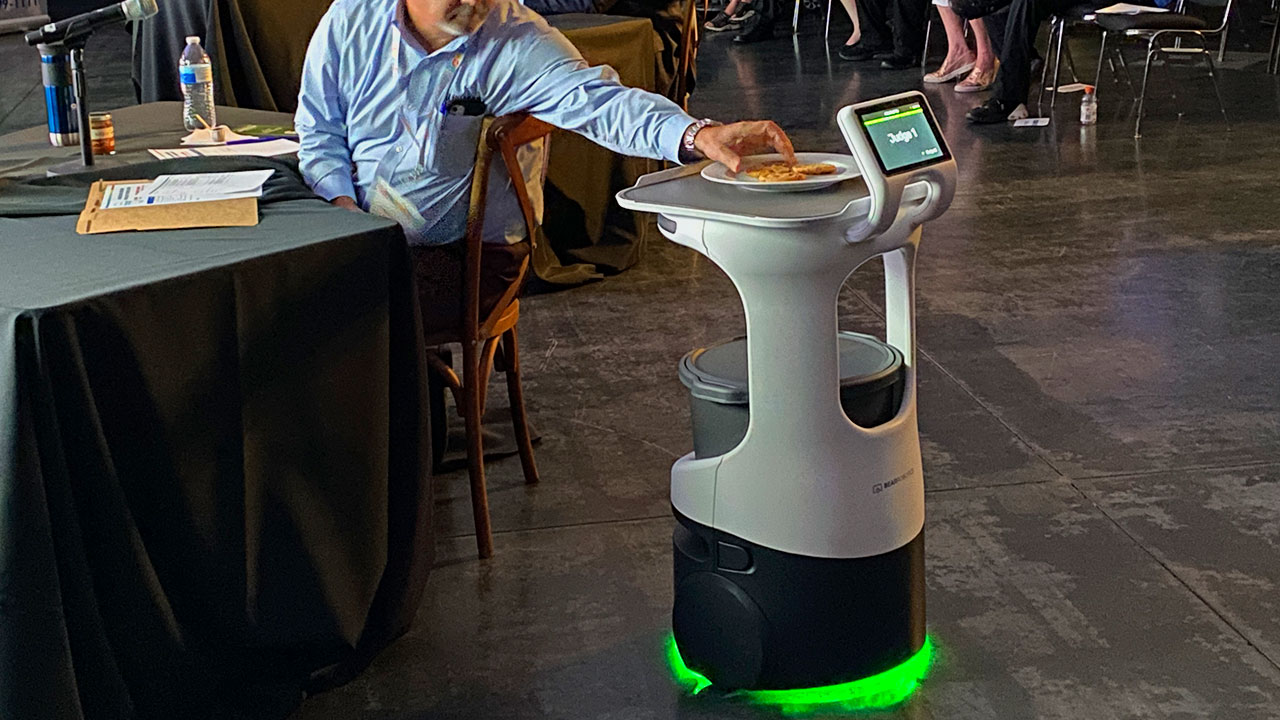
The food industry is embracing robotics. The trend is going to speed up in the upcoming time. Although, you won’t be seeing robot chefs cooking delicacies anytime soon. Yet, restaurants are planning to incorporate food service robots for everyday jobs.
Restaurants like Creator, Wilkinson Baking Company, Buffalo Wild Wings, etc., use kitchen robots for baking burgers, bread, and frying food, etc. Some robots are also programmed especially to make food deliveries and clean tables and kitchen counters.
12. Autonomous Vehicles
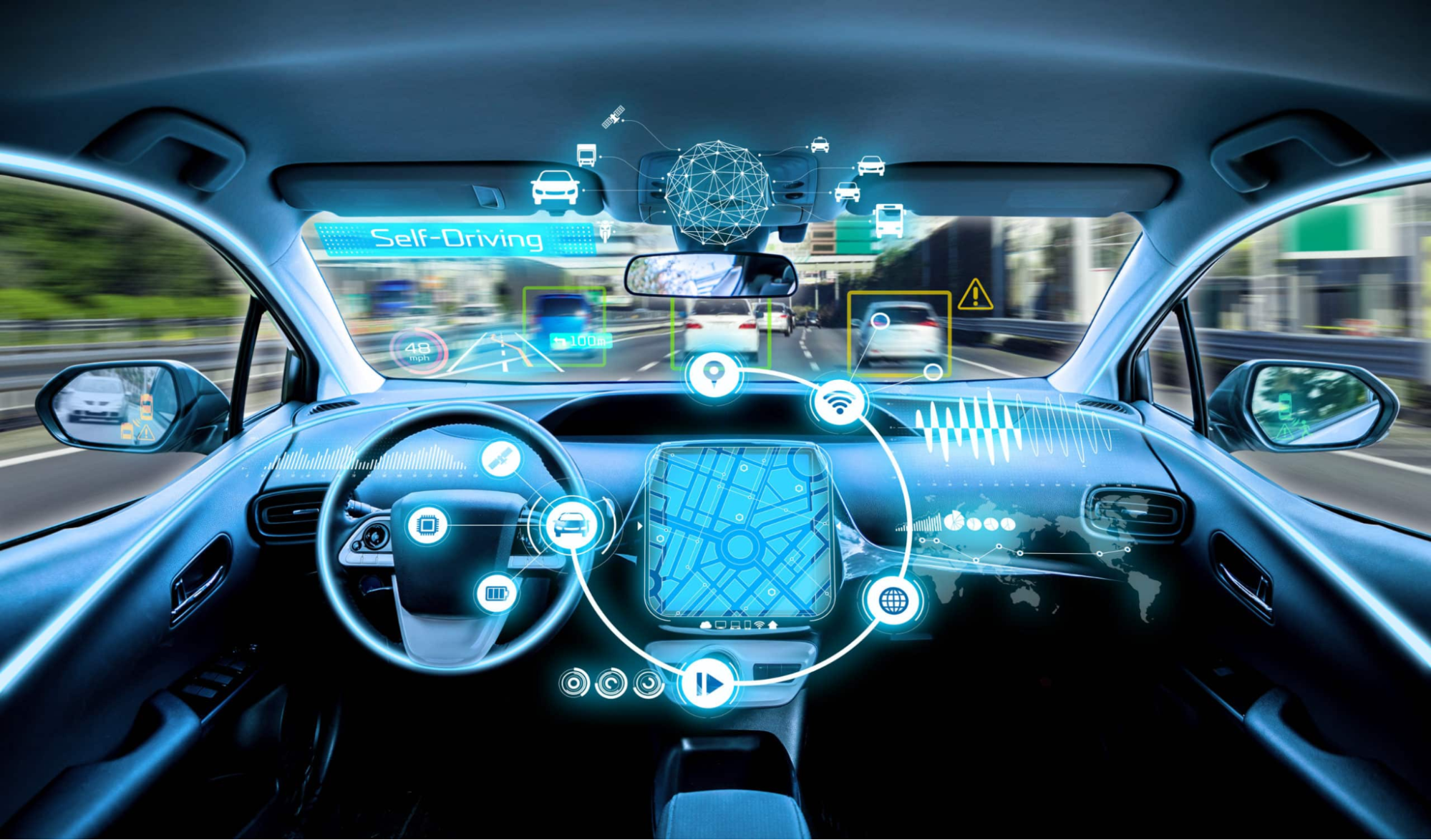
Picture a world where self-driving cars and drones zip through the streets and skies, navigating with precision and grace. These autonomous vehicles are not just machines; they’re the future of transportation, offering us efficient and safe journeys. With their advanced AI brains and sensor eyes, they make decisions on the road with lightning speed, ensuring our safety and convenience. From delivering packages to aiding in search and rescue missions, autonomous vehicles are like trusty companions that help us reach our destinations and accomplish tasks with ease.
Very soon self-driving cars, robotaxi and robocars will become an essential part of our lives.
13. Medical Robotics
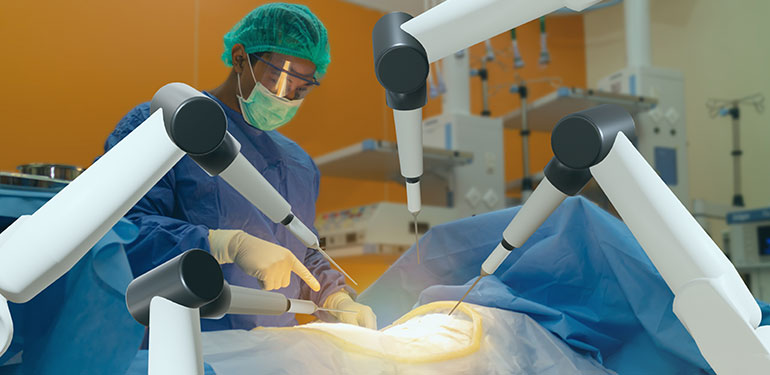
The da Vinci® Surgical Robot, the Xenex Germ-Zapping Robot, The PARO Therapeutic Robot are already being implemented. In fact, the global revenue of the medical robots market was estimated to be worth $16.0 billion in 2024 and is expected to reach $33.8 billion by 2029.
These medical robots are not just tools; they’re the silent heroes of healthcare, improving surgical outcomes and patient care. With their AI-powered minds and steady robotic arms, they assist surgeons in intricate surgeries with unmatched accuracy. From aiding in rehabilitation to administering medications, medical robots are like caring nurses who ensure our well-being and recovery with their gentle touch.
14. Augmented Reality (AR)

Step into a smart manufacturing facility where workers don high-tech glasses that bring machines and robots to life before their eyes. Augmented reality isn’t just a fancy tool; it’s the magical bridge that connects humans and robots in a digital dance. With AR guiding their hands and minds, operators interact with robots in a whole new way, making tasks more intuitive and engaging. AR is like the wizard’s wand that empowers workers to visualize data, instructions, and feedback, transforming the manufacturing floor into a realm of creativity and efficiency.
15. Smart Manufacturing

Smart manufacturing isn’t just about technology; it’s the symphony of innovation that orchestrates efficiency and quality. With AI as the conductor, cobots as the skilled musicians, and AR as the magical notes, smart manufacturing environments achieve new levels of productivity and sustainability. Smart manufacturing is like the master craftsman who weaves together technology and human expertise, creating a tapestry of innovation and competitiveness in the industry.
Wrapping It Up!
In 2022, the global robotics technology market size was $72.17 billion and it is expected to reach $283.19 billion by 2032.
Robotics is the biggest buzzword that you will listen to thanks to the rapid digitization across the world. It is high time that we make room for robotics in our day-to-day lives and learn more about this trending topic.
Want to make your child future-ready with Robotics? Moonpreneur offers a tailor-made program. Reserve a spot in our free 60-minute workshop today and introduce them to the amazing world of robotics and innovations!






















